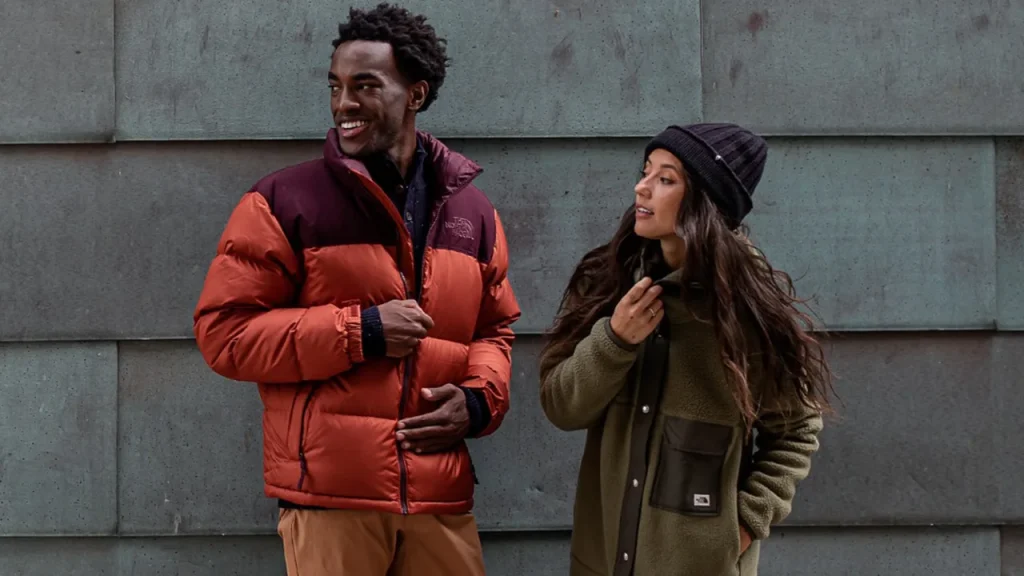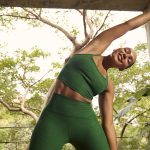JP Morgan raised its rating and price targets on VF Corp. on increasing confidence that recently-hired CEO Bracken Darrell will use a similar strategy he used at his former company, Logitech International, to achieve a turnaround at the parent of Vans and The North Face.
JP Morgan raised its stock rating on VF to “Neutral” from “Underweight” and its price target to $19 from $15.
On Monday, shares of VF closed at $17.12, down 9 cents. The stock’s 52-week range is between $12.85 and $34.44.
The upgrade comes after VF on October 30 reported lower-than-expected profits for its fiscal second quarter ended September 30, withdrew its annual guidance and announced a transformation plan, Reinvent. The plan calls for a realignment of its operating model to improve its go-to-market execution globally, resetting roles for brand presidents to better focus on “brand-building, product innovation and growth strategies”, launching a search for a new president of Vans, and reducing fixed cost and leverage. A large-scale cost reduction program is expected to deliver $300 million in fixed cost savings.
The upgrade also comes after JP Morgan hosted VF’s management at its 5th Annual Global Luxury & Brands Conference in Paris.
In a note, Matt Boss, JP Morgan’s lead analyst in the space, sees Darrell, who became VF’s CEO, effective July 17, 2023, using a similar “playbook” for VF that he employed at Logitech, which he served as president and CEO since 2013. The strategy led to a strong turnaround at the manufacturer of computer peripherals and software, driving Logitech’s stock returns over 700 percent from 2013 to 2023, including 79 percent within the first 12 months.
At Logitech, five immediate actions were pursued by Darrell on becoming CEO that included realigning the organizational structure towards strategic priorities resulting in workforce reductions, simplifying product lines, divesting as necessary, driving further expense reductions, and refocusing the company on growth by accelerating product cycles and delivering faster innovations.
Boss wrote, “Connecting the dots to VFC today, CEO Darrell has implemented the first 4 out of 5 turnaround tenets from the LOGI playbook since joining the organization only 4 months ago.”
He believes those moves will first support a “bottom-line profit inflection” in VF’s fiscal year ended March 31, 2025 on flat revenue growth, followed secondly by $1.75 billion of debt reduction by April 2025, and third by a return to profitable revenue growth in FY26.
Boss said the creation of a global commercial structure is aimed at “effectively delayering the organization & synchronizing all three geographies” under VF’s new Chief Commercial Officer Martino Scabbia Guerrini, formerly VF’s EVP, president EMEA, APAC & Emerging Brands. In addition, Darrell at JP Morgan’s Global Luxury & Brands Conference stressed that the planned president hires at Vans as well as at Timberland will focus on candidates with strong “brand building backgrounds.”
Darrell also highlighted at JP Morgan meetings that The North Face has reduced its SKU count by 20 percent for two consecutive years while 25 percent of SKUs were removed in North America at Vans with additional opportunities seen to “further reduce SKUs and assortment complexities ahead.”
VF’s management further confirmed at the Paris investor meetings that the sale of the packs business (Kipling, Eastpak, JanSport) is what Boss termed in “mid-sale process” and management also indicated that there’s “no sacred cows” within the balance of the portfolio as far as other potential divestitures. Boss said management stated an internal philosophy that “we should not own a brand if we don’t think it can be a $1B brand over time.”
Boss noted that outside the four larger core brands (Vans, The North Face, Timberland and Dickies), management called out Icebreaker, SmartWool and Altra as “hidden gems” with the potential to scale as $1 billion revenue opportunities over time.
Regarding expense reductions, Boss said VF’s management indicated the $300 million in planned cost savings are expected to be largely complete by mid-FY25 by reducing overcapacity across distribution and real estate/office footprint rather than areas such as product and marketing investments.
Boss said VF’s management also talked about eventually aiming to refocusing VF on “growth” with a third of cost savings expected to particularly support investments at its two biggest brands, Vans and The North Face. The analyst stated, “CEO Darrell emphasized a focus on future innovation across TNF/Vans supported by the cost savings reinvestment, repositioning the Vans brand to grow from the core (i.e., “skate/surf” roots), and Dickies to workwear (vs. recent lifestyle turn) with pent-up quality wholesale partner demand (i.e. specialty sporting channel) citing TNF gender/category, extension opportunity, Vans newness, and TBL hike/trail allocations.”
Concluding with his investment thesis, Boss wrote, “While we see continued macro headwinds impacting our coverage broadly (rising wages, elevated promotional activity and supply chain costs, higher costs of digital customer acquisition) and a multi-year timeline to Vans’ topline recovery, we see a profit inflection over the next 12-18 months supported by CEO Darrell’s cost savings program and self-help gross margin drivers, in addition to a focus on deleveraging the balance sheet, supporting a more balanced risk/reward.”
Photo courtesy The North Face
















